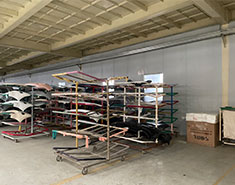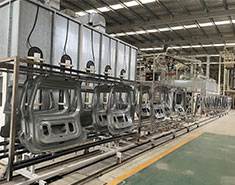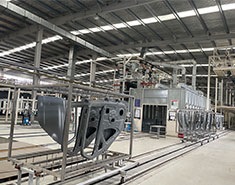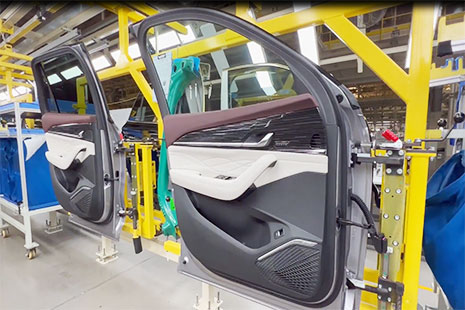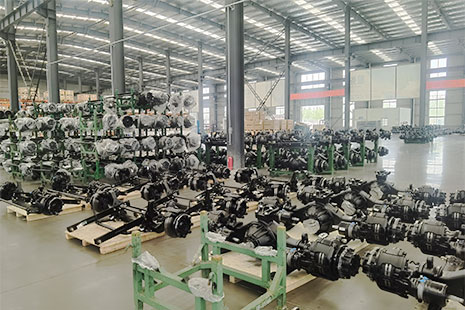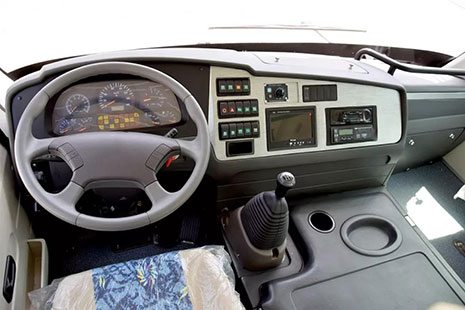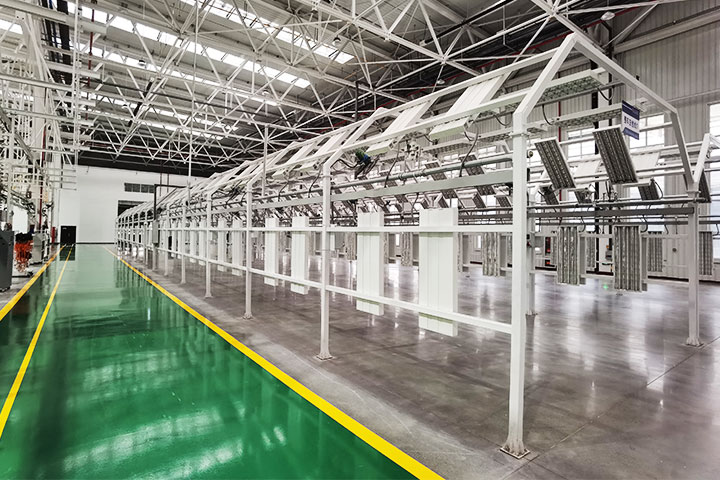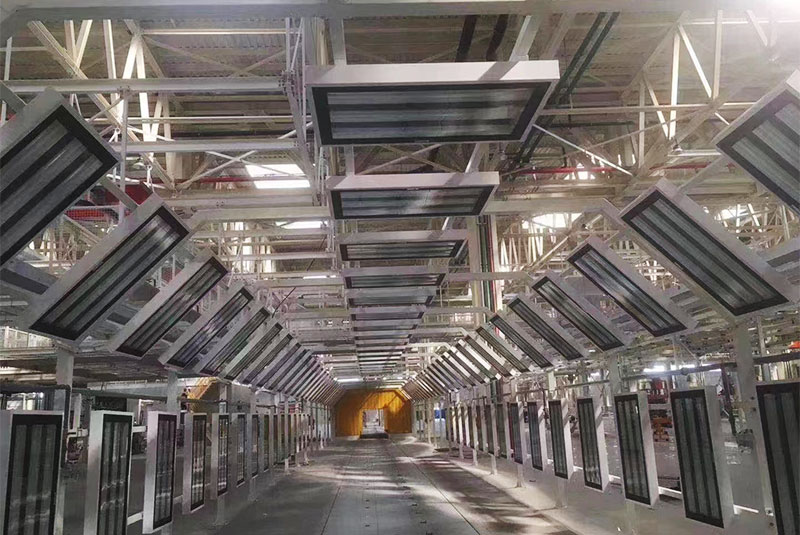Lighting Test
The vehicle's factory light test is to ensure that the vehicle's lighting and signaling systems are working properly. Proper light settings not only affect driving safety, but also relate to vehicle visibility and signaling at night and in all weather conditions. Below is a detailed explanation of the importance of factory light testing:
Headlight test: including brightness, color temperature, optical axis height and angle adjustment of high beam and low beam to ensure the irradiation range and brightness meet the standard.
Signal light test: including turn signals, brake lights, reversing lights, emergency double flashers, etc., to ensure that their brightness, color temperature and response speed comply with the regulations.
Tail light and wide beam test: to ensure that its brightness and color temperature meet the standard, to improve the recognition of the vehicle in the low visibility environment.
Interior Lighting Test: Including dashboard lighting, reading lamps, door lamps, etc., to ensure that their brightness and color temperature are appropriate to provide a good driving and riding experience.
Electrical System Inspection: Testing the electrical connections and wiring of the lighting system to ensure that there are no electrical faults such as short-circuits and circuit breaks.



